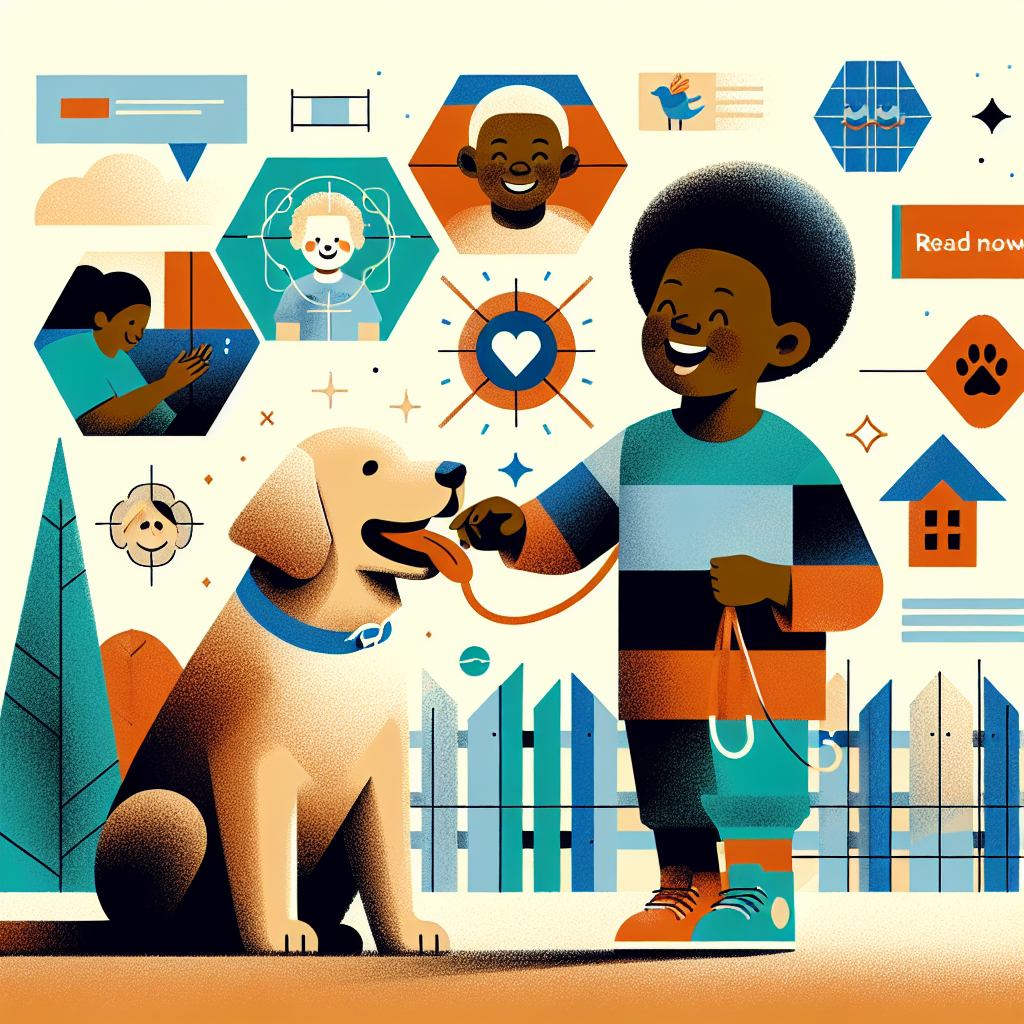The relationship between children and dogs has been written about in books, depicted in movies, and celebrated in countless homes across the globe. Still, ensuring the safety and well-being of both these precious creatures is paramount. If you're a parent and a pet owner interested in fostering a healthy child-dog relationship, this guide will provide you with essential tips to help your endeavor.
Understanding Dog and Child Behavior
As Helen Masters from Horse & Hound emphasizes, the key to a thriving child-dog bond lies in understanding and respecting each other's behaviors. Dogs, like children, can sometimes be unpredictable. Quick judgments can lead to misunderstandings harmful to the relationship. However, by promoting respect, teaching kindness, and developing spatial awareness, you can create a friendly environment for growth.
Practical Tips for Children
Children can greatly benefit from knowing how to behave around dogs. Here are some effective tips:
- Treat the dog calmly and kindly: Children should approach dogs slowly, avoiding loud noises or sudden movements.
- Respect a dog's space: Just like the child's favorite toy, dogs have their private spaces that children should not intrude.
- Learn to read a dog's body language: Is the tail wagging? Is the dog growling under his breath? These signs say a lot!
- Avoid direct eye contact: It’s not a staring game; dogs may perceive it as a threat.
- Use a soothing tone: Speak softly, carry a nice stick (maybe fetch it too).
Doing Things the Kennel Club Safe And Sound Scheme Way
Helen Masters, the author of "How to keep children safe around dogs – and vice versa," offers a comprehensive course for children based on the Kennel Club Safe And Sound Scheme. This program equips children with the necessary skills to interact safely with dogs, making sure they know how to react in case of an emergency.
Teaching Dogs to behave around Children
While teaching children is half the story, we can’t forget the other half - teaching our four-legged friends how to behave around children. Here's how:
- Setting behavior expectations: Set boundaries. Make your dog understand what’s allowed when they're around children.
- Socializing dogs: You've heard of playdates for kids, why not for dogs? Get them accustomed to humans.
- Training dogs: Obedience training can help dogs learn commands that can prevent dangerous situations.
- Positive reinforcement: Who doesn’t love a good treat (or a belly rub)? Reward your pooch for good behavior!
From Theory to Practice
Reading tips is simple, putting them into practice ensures the safety and harmony we want in our homes. A balanced child-dog relationship can enrich one's childhood and teach valuable life lessons.
Further study could involve analysis of dog behavior around children based on the breed, selecting the right breed for a family, understanding the impact of a dog's hormones on their behavior, or understanding dog ownership policies and child safety.
In conclusion, it’s clear –
Life’s Better with a Hound Around (Tamed, Of Course!)
By focusing on mutual respect, kindness, and understanding, it's possible to create a safe and enjoyable space for children and dogs to learn, play, and grow together. After all, a dog is a man's - and indeed a child's - best friend.
Source: Helen Masters, "How to keep children safe around dogs – and vice versa," Horse & Hound.

